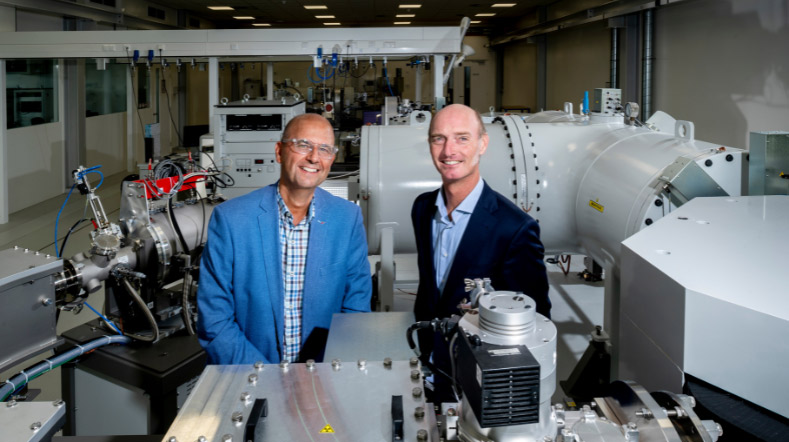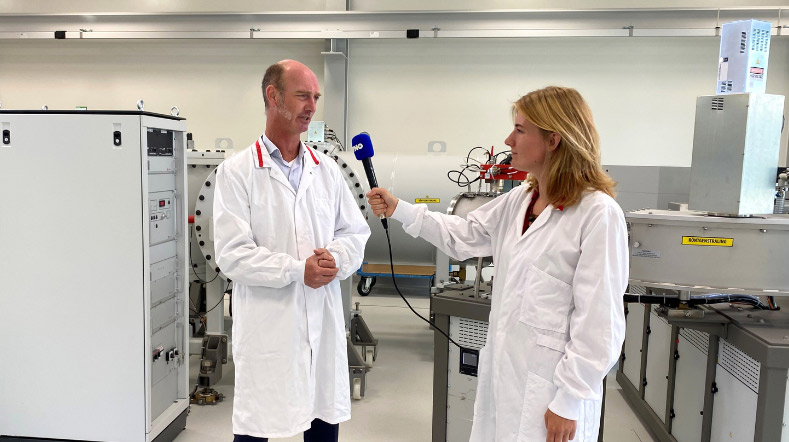
In-vitro platforms
In preclinical settings, effective predictive tools and models can be used to improve the development pathway for new drugs. One potential benefit is reduced drug loss at a later stage of development. To better estimate the efficacy of drug candidates, TNO is developing various translational models that help to accurately predict events in the human body.
TNO has been working on translational animal models and human preclinical models for many years now. Every model that we use is designed to demonstrate the ability to accurately simulate specific disease processes in humans. This applies both to animal models and non-animal models, such as computer models and organ-on-a-chip technology.
We know which aspects of human physiology our preclinical and clinical models can simulate accurately, and we know their limitations. While these models can never fully simulate or replace human subjects, they can represent certain processes, mechanisms, and pathways that are important in humans. We spare no effort to identify our models’ capabilities in this regard.
Given our wealth of experience (> 25 years) and our in-depth knowledge, we are ideally placed to tackle these issues. We are aware of companies’ needs, and we know how to design and implement customized studies. We have a detailed understanding of our models and of how the human body works – a unique combination.
Pre-clinical models
We possess extensive in-house expertise in the field of metabolic overload, in particular. While prevention is, of course, our top priority, it is also important to identify the ways in which metabolic diseases such as type 2 diabetes, fatty liver disease, and atherosclerosis affect the body. Using our models, we can accurately simulate the metabolic overload in various human organs that results from an unhealthy diet. Accordingly, these innovations are suitable for testing drug effects in the preclinical setting. Some examples are given below.
In vivo animal models for NASH and fibrosis
TNO has various unique, preclinical, in vivo models that can accurately simulate the etiology of nonalcoholic steatohepatitis (NASH, a chronic liver disease) in humans. These diet-induced (high fat/unhealthy diet) models for NASH and liver fibrosis (which can be triggered by NASH) can be used to study the course of these diseases. They also make it possible to investigate the effectiveness of drugs (at specific stages of the disease course).
In vitro “liver-on-a-chip”
TNO is also working on in vitro models for NASH/fibrosis, using various types of human liver cells. Studying specific organ functions in this way improves our ability to predict which drugs will be effective in which patients. We are also using our liver-on-a-chip model to investigate diet-induced liver disease. Our goal is to create a system that includes stem cells from a broad population of patients. That could be used to test the effect of drug candidates on a representative patient group, and to identify the underlying mechanism involved.
Ex vivo human intestinal microbiome platform InTESTine and I-screen
Organ-on-a-chip technology is not limited to the simulation of liver function. A microfluidic chip that incorporates fresh intestinal tissue has now been developed. This can be used to test the influence of diet, drugs, and the microbial environment on health.
Our intestinal model (InTESTine) (pdf) consists of a system in which fluid is passed over fully intact human intestinal tissue. This can be used to accurately simulate intestinal function. Another potential approach involves the use of organoids (specially cultured mini-organs). This platform can be used to examine intestinal barrier integrity and interactions between the drug and the microbiome (I-screen (pdf)).
Other models (or animal models)
Highly translatable mouse models have also been developed for a number of cardiovascular diseases, organ fibrosis, metabolic syndrome, and diabetic nephropathy. For instance, there is a mouse line in which the lipid balance has been humanized (APOE*3-Leiden), enabling drugs that are not effective in mice to be assessed.
So we can use these mice to predict whether new cardiovascular agents can be used in combination with statins – the gold standard. This mouse model is simply unique. A world first! In the case of diabetes-induced renal function loss, mouse models are being developed that can be accurately translated into the human context. Using that work as a stepping stone, we are actively pushing ahead with the development of new and innovative models.
Clinical trials
Biomarker research
For many diseases, we have not yet identified any suitable signal molecules (also known as biomarkers) that might help physicians to make an early diagnosis and/or to determine the effectiveness of a given treatment, over time. Biomarkers can be used – and found – in both preclinical and clinical trials (phases I and II). For the purposes of biomarker research, we capitalize on our knowledge of our models, of animals and in vitro settings, and of human subjects, with regard to NASH, for example.
Our biomarker research does not involve the commonly used ‘hit-and-miss’ method. Our in-depth knowledge enables us to focus specifically on the predictive indicators that we have defined in our animal models, to see whether they also occur in humans. We can also measure biomarkers (proteins, metabolites, and genes) ourselves, using our in-house analytical facilities.
Would you like to find out more about our activities in the field of predictive models or biomarkers? Can we help you to find a customized solution for your specific question? Or perhaps you might be interested in cooperating with us in a public-private partnership? If so, then please get in touch.
Get inspired
Preclinical ADME


TNO launches Peregrion to boost market impact of its technology that accelerates medicine development


PPP uncovers new insights into MASLD development


Translational preclinical efficacy models


Time setters: reduce long waits for new medication with AMS











